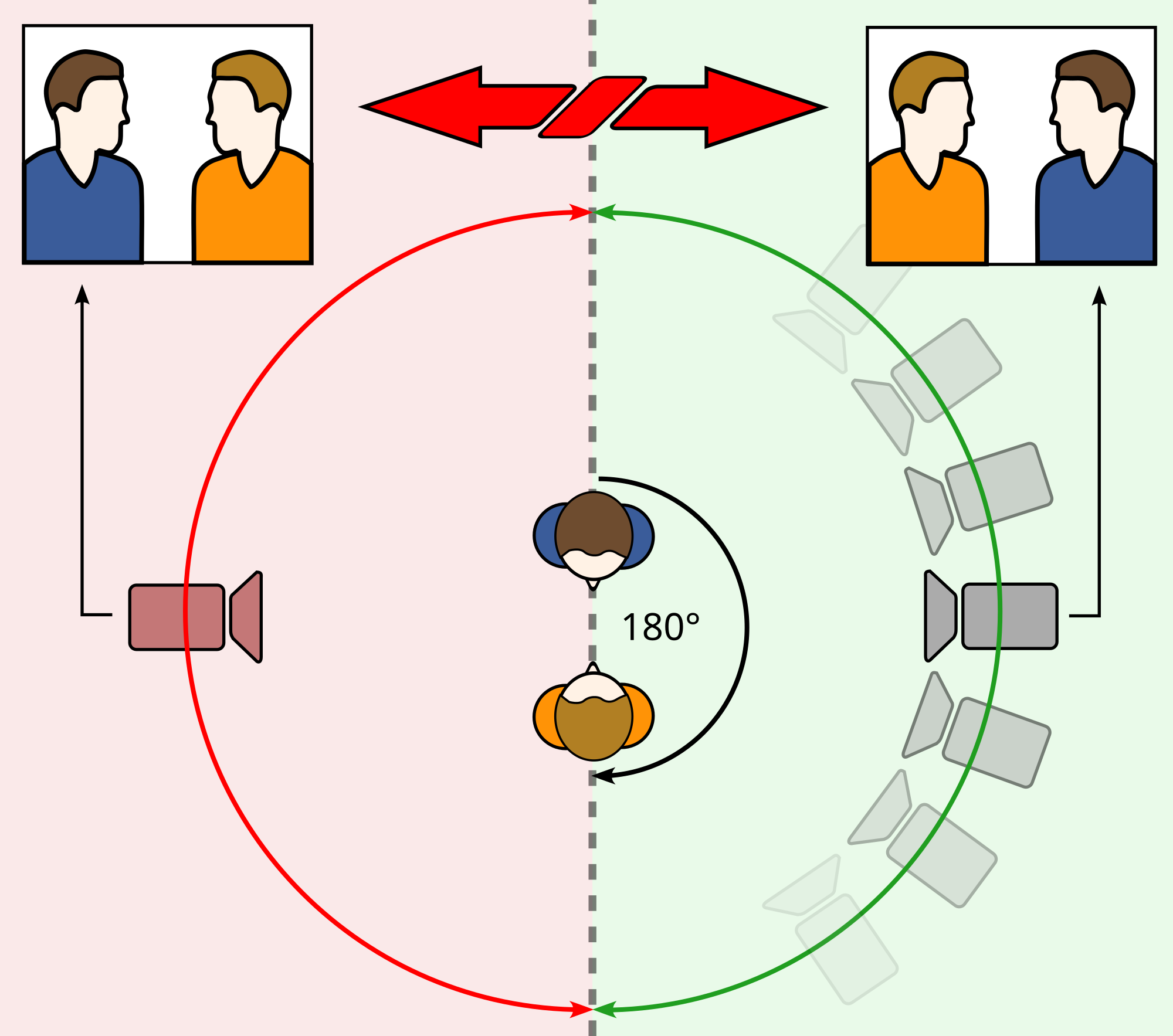Preliminary task
For our preliminary task we was asked to create a short video the includes the following; a character walking across a room, sharing dialogue with another character and then leaving the room. the way the scenes are shot is open to our interpretation and the genre of the video is our decision as well.
The genre that I have decided to do for our preliminary task is thriller because I believe it would be good practise for when we do our final task, which is creating a opening scene to a thriller.
In order for our video to be successful and organised, we created a storyboard to follow when we begin filming. a storyboard is key to creating a successful media source because it helps you share your vision to the other workers in your group and its the best way of planning a video because all aspects of the video can be noted and visualised. one other aspect of using a story board is that it helps identify problems that may occur when shooting the video, this can speed up the process of filming because the filming time can be used effectively.
This the story board that i created for my preliminary task.
180° rule
 The 180° rule is a cinematography guideline that states that two characters in a scene should maintain the same left/right relationship to one another . When the camera passes over the invisible axis connecting the two subjects, it is called crossing the line and the shot becomes what is called a reverse angle.
The 180° rule is a cinematography guideline that states that two characters in a scene should maintain the same left/right relationship to one another . When the camera passes over the invisible axis connecting the two subjects, it is called crossing the line and the shot becomes what is called a reverse angle. Match on action
Matching on action refers to film editing and video editing techniques where the editor cuts from one shot to another view that matches the first shot's action. A common example is a man walking up to a door and reaching for the knob. this good match on action editing is commonly unnoticed because it allows the film or video to flow in a sequence
continuity
The system of editing that developed in the early 20th century to provide a continuous and clear movement of events/images in film. the image to the right is an example of bad continuity because one of the props the previous shots has changed without explanation. bad continuity can break the four walls of the imaginative world that film and animation try to create.


No comments:
Post a Comment